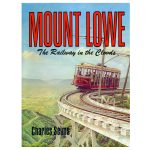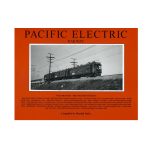Description
The Golden State of California was once a beehive of interurban electric railways, and the interurban played a major role in the development of intercity public transportation. Although interurban systems grew and expanded at about the same time as the motor car, people considered the motor car a toy, and until after World War I, paved roads were also scarce. Webster’s Third International Dictionary defined an interurban as an electric railway going between or connecting cities and towns.
Unfortunately, the interurban’s major role in public travel between cities and towns was short-lived. Basically, the interurban lines had stolen passenger traffic away from the branch lines of steam railroads, whose service was Spartan. Steam railroad service was costly, requiring an engineer and fireman to operate the locomotive, and a conductor and brakeman to service the passenger cars. By contrast, the interurban required fewer operating personnel. The motorman ran the train, and the conductor collected tickets. Running down the main street of each city, the interurbans offered half-hourly service and greatly increased convenience.
The interurban outpaced the motor car up until the Depression.But with a motor car parked at home, Americans were able to travel much more conveniently, based exclusively on need and desire. Only those interurbans that operated freight, express and mail service and offered commuter trains were able to survive until World War II. During ad after World War II, the motor bus and the convenient automobile triggered the eventual demise of interurban systems.
West Coast Interurbans (California) presents a pictorial history of California interurbans, beginning in San Diego and following the coastline up to Los Angeles, where the largest interurban system, the Pacific Electric Railway, operated. The story then moves north to the San Francisco Bay region, where there were numerous carriers, and finally into California’s legendary wine country.
Donald Duke
8.75 x 11.5 inches
Hardbound
296 pages
579 illustrations and maps
Bibliography, Index and Appendix
Meet Author Donald Duke

The name of the author and compiler of this book is well known in the blue book of railroad historians. Donald Duke established Golden West Books in 1960 to publish his own works, but eventually published the work of other authors as well. To date, his patient research and editing have enriched more than 140 hardbound titles.
He was a youth whenhis family moved to Alhambra, while awaiting construction of their new home in San Marino. The Alhambra home was next to the tracks of Pacific Electric’s San Bernardino Line, and there his interest in interurbans was born. The new San Marino home was located two blocks from PE’s Monrovia-Glendora Line.
Duke attended Colorado College, in the heart of the Denver & Rio Grande Railroad’s narrow gauge country. He remained in Colorado for two years after his graduation, working as a commercial photographer. He is well known for the razor-sharp photographed produced by his 4×5 Super-D Graflex.
Besides publishing his own books, he has written numerous historical articles, frequently focused on railroads. He was literary editor for his Kappa Sigma fraternity for 20 years, and was editor of the Los Angeles Corral of Westerners’ Branding Iron for two periods of time totaling 15 years. He is a past director of the Southern California chapter of the Railway & Locomotive Historical Society and was a founding member of the chapter. He is a member of the Lexington Group of Railroad Historians, and belongs to many railroad historical societies.
For Donald Duke, photography, writing, publishing, interurban railroading and western history all go hand in hand as rewarding professional pursuits and personal interests.






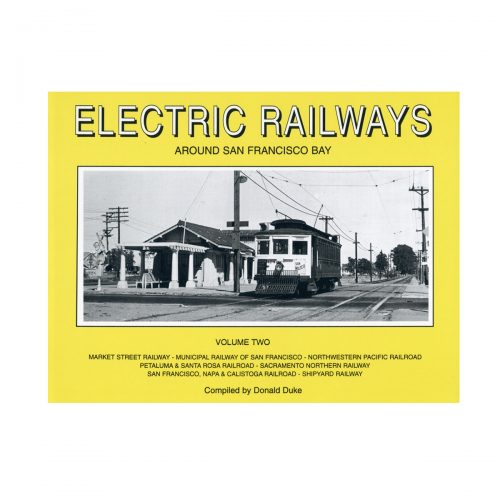
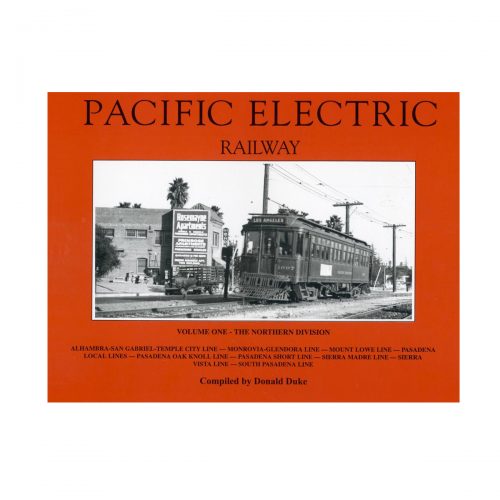
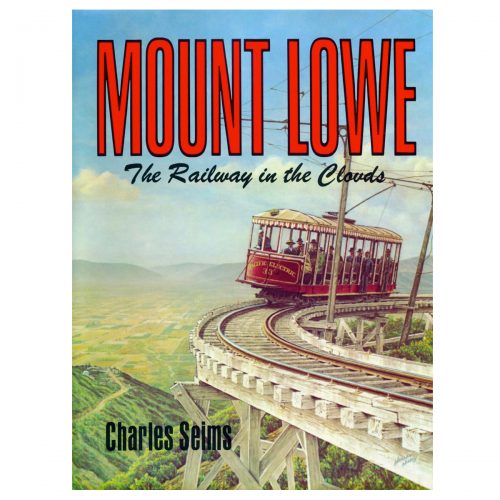
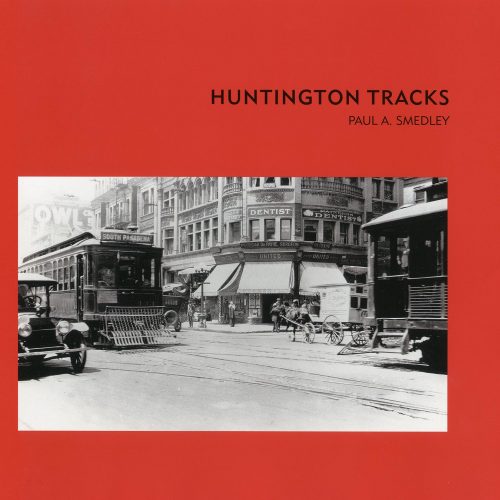
 Golden West Books was founded in 1960 by Donald Duke, whose love of railroading resulted in dozens of authoritative titles published in the intervening 50 years.
Golden West Books was founded in 1960 by Donald Duke, whose love of railroading resulted in dozens of authoritative titles published in the intervening 50 years. 